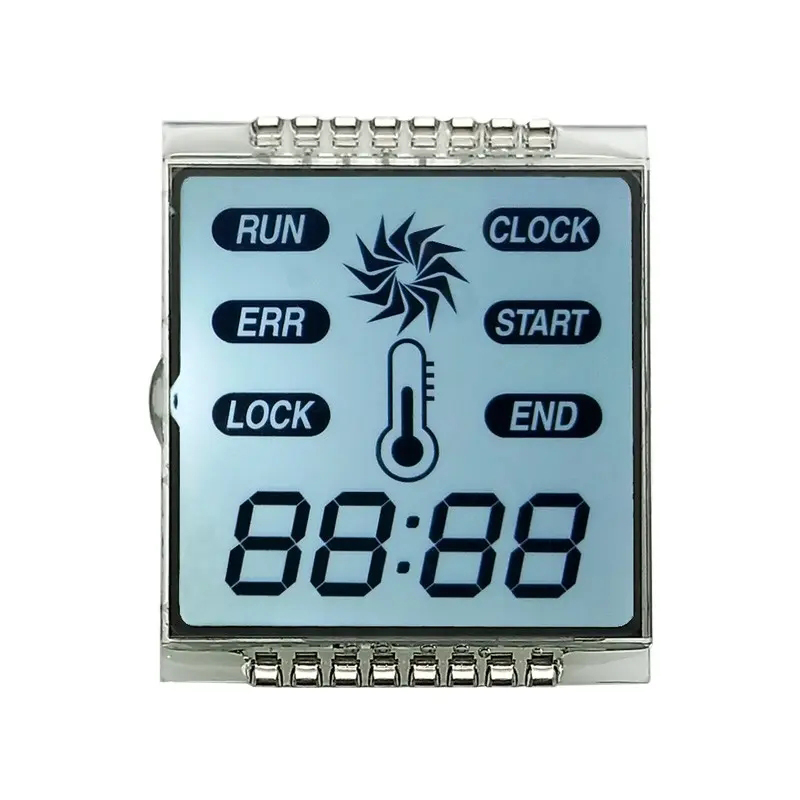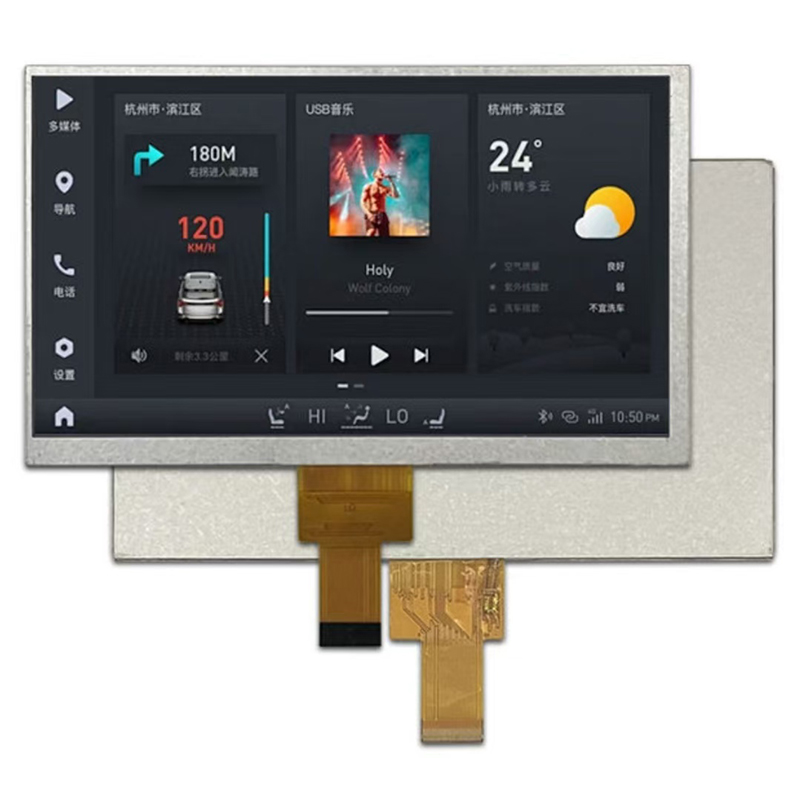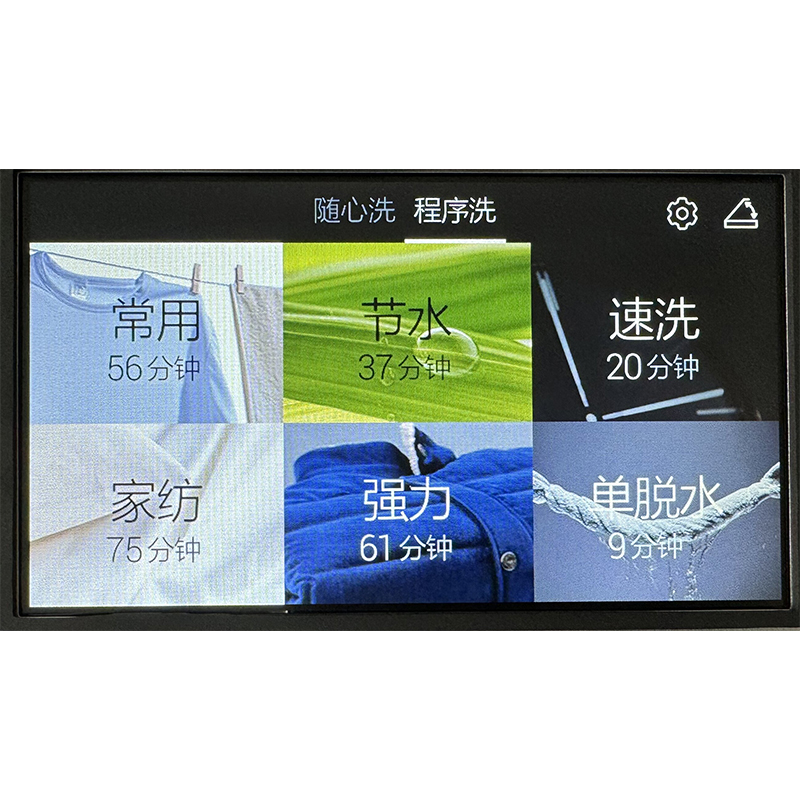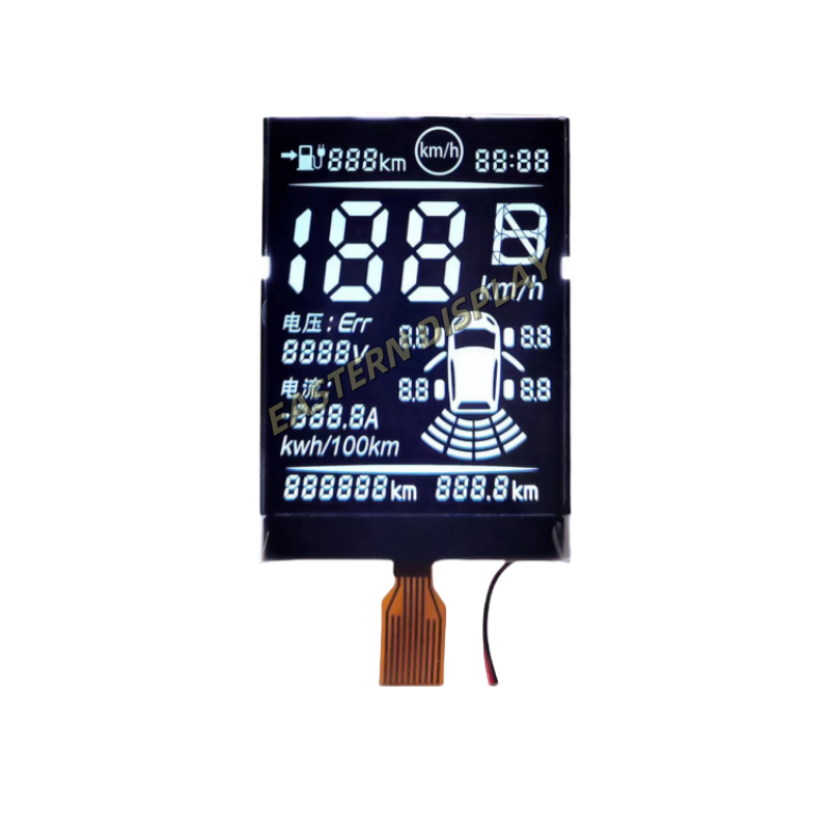
This guide provides a comprehensive overview of large dot matrix displays, exploring their various types, applications, and key considerations for selection. We'll delve into the technical specifications, advantages, and disadvantages to help you make an informed decision for your specific needs. Whether you're looking for outdoor signage, industrial control panels, or public information displays, this guide will equip you with the knowledge to choose the perfect large dot matrix display.
LED (Light Emitting Diode) dot matrix displays are incredibly popular due to their brightness, energy efficiency, and long lifespan. They're commonly used in outdoor applications where high visibility is crucial. The size and resolution vary widely, allowing for customization to suit various project needs. LED displays offer excellent color reproduction and can display dynamic content effectively. However, they can be more expensive than other types of displays.
Vacuum Fluorescent Displays offer a distinctive look and are known for their vibrant, high-contrast display even in bright environments. While less common for very large displays compared to LEDs, VFDs are sometimes employed where a specific aesthetic is required. Their energy efficiency is generally less than LEDs. The lifespan of a VFD can vary greatly depending on usage.
LCD (Liquid Crystal Display) dot matrix displays offer a more cost-effective solution compared to LED, particularly for indoor applications. However, they typically require backlighting, impacting energy consumption and overall lifespan. While LCD technology offers good color reproduction, it is generally not as bright as LED, making it less suitable for outdoor use. The resolution and size options are extensive, offering versatility in design choices.
The size and resolution of your large dot matrix display will largely depend on your application. High-resolution displays allow for sharper images and text, but may be more expensive. Consider the viewing distance and the level of detail required to choose the appropriate size and resolution. For instance, a highly visible outdoor display will require higher brightness and potentially a larger size than an indoor display.
Brightness is a critical factor, especially for outdoor applications. The viewing angle determines how easily the display can be seen from different positions. Sunlight readability for outdoor displays is a key consideration. Manufacturers usually specify these parameters (e.g., cd/m2 for brightness and degrees for viewing angle).
The operating environment significantly impacts the choice of display. Outdoor displays must be weatherproof and able to withstand extreme temperatures, humidity, and direct sunlight. Industrial settings might require displays resistant to vibrations, impacts, or dust. Some specialized large dot matrix displays are designed to operate under harsh conditions.
Energy efficiency is crucial, particularly for large displays that may be running continuously. LED displays are generally more energy-efficient than LCDs, reducing operating costs and environmental impact. Compare the power consumption specifications of different models to make an informed decision.
Large dot matrix displays find use in a variety of applications, including:
Selecting a reliable supplier is crucial for ensuring the quality and longevity of your large dot matrix display. Look for suppliers with a proven track record, excellent customer support, and a wide range of products to meet various needs. Consider companies like Dalian Eastern Display Co., Ltd. (https://www.ed-lcd.com/), known for their expertise and high-quality products in the display industry. Their commitment to innovation and customer satisfaction ensures a reliable partnership for your display needs.
| Display Type | Brightness (cd/m2) | Viewing Angle | Typical Applications |
|---|---|---|---|
| LED | + | 120-160° | Outdoor signage, scoreboards |
| LCD | 200-500 | 80-120° | Indoor displays, dashboards |
| VFD | 100-300 | 60-100° | Specialty applications requiring specific aesthetics |
Remember to carefully consider your specific requirements before making a purchase. The information in this guide serves as a starting point for your research. Consult with experts and review product specifications from reputable suppliers to ensure you choose the perfect large dot matrix display for your needs.












